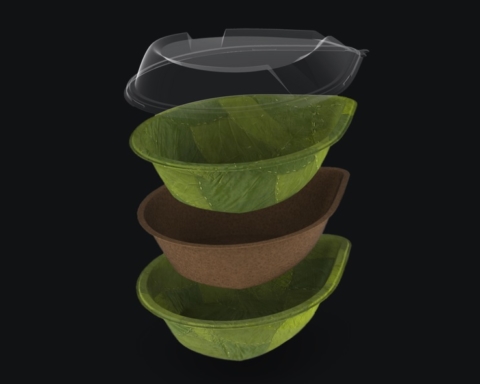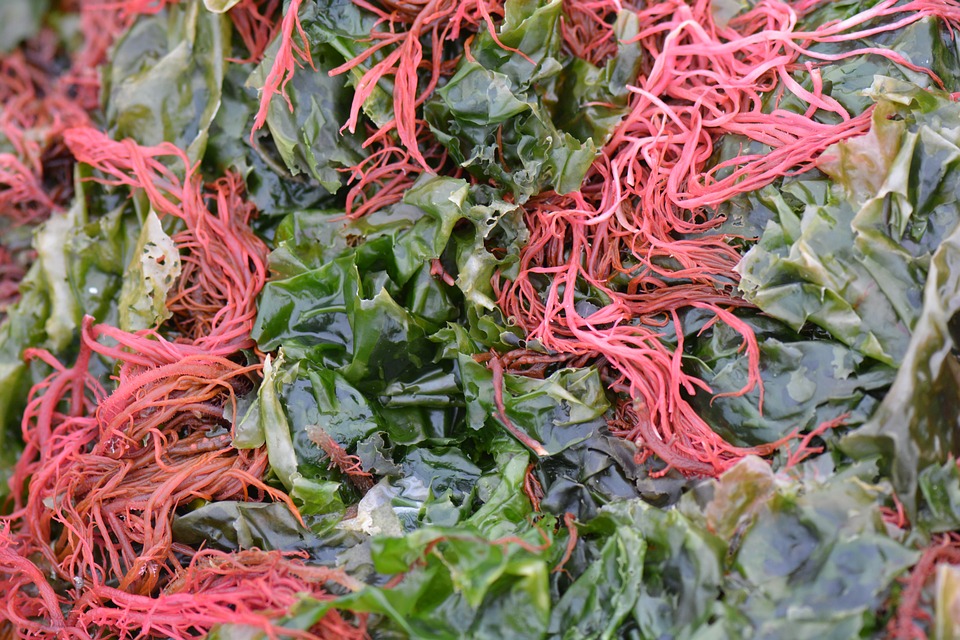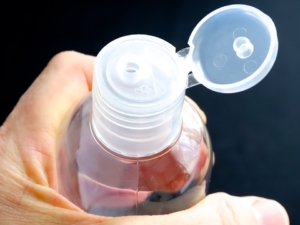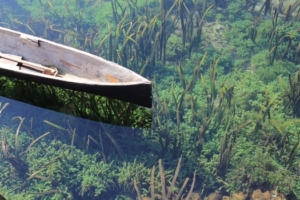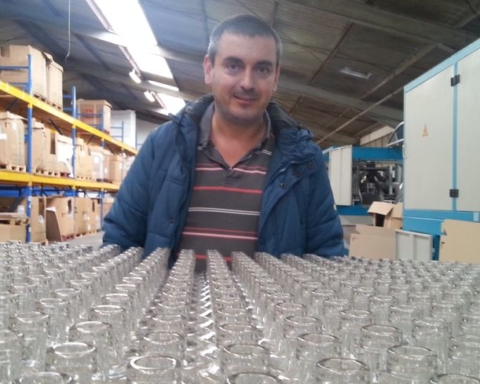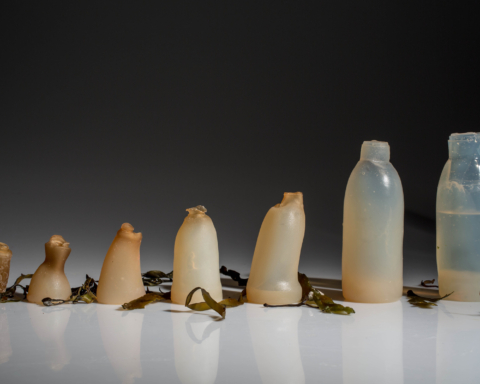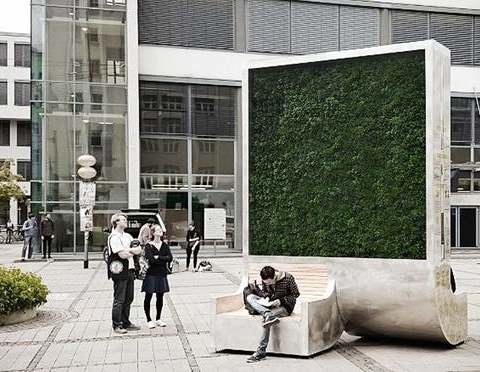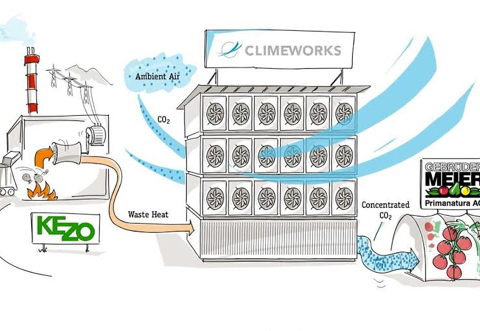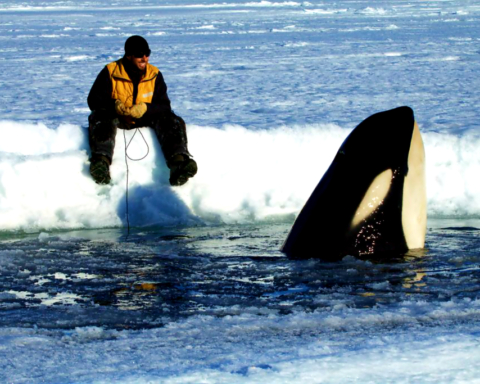People produce garbage, and the more our population grows, the more waste we leave behind. But the amount of full bin bags that are disposed per day, isnāt only determined by our numbers — itās also defined by our lifestyle, which is shifting into a more assiduous and complex way of life.
Plastic, a disposable material which is composed of major toxic pollutants, came as a relief in our busy lives that require fast solutions: open, empty, shove, replace. But what we have given little notice of is plasticās resistance to decomposition, which makes its lifespan as long as 500 to 1,000 years.
A team of Japanese designers and engineers dared to ask the critical question: āfor how long can we sustain this cycle of plastic accumulation?ā, and knew that the answer isnāt comforting for the natural environment. Thus, they joined forces, and gave an alternative response to the plastic pollution ā a gelatinous material obtained from red marine algae that can be used to replace the cheap, widely available and overused plastic.
Agar Plasticity is the environmentally friendly alternative to plastic … it can be disposed without upsetting the food chain, or harming the land, the air, and the water.
As explained to Good, Agar Plasticity is the environmentally friendly alternative to plastic because ā alike plastic ā it can disposed without upsetting the food chain, or harming the land, the air, and the water in the process. Agar absorbs and retains water quite well, and it can be used to improve water retention by mixing it with soil in a garden. Even if the agar ends up in the oceans, it wonāt violate the marine life, given its original incarnation as marine material.
The process of making agar plastic is similar to the process that is used in Japanese cuisine, where agar is dissolved in water, heated and then cooled until it becomes gelatinous ā a perfect ingredient for desserts. The agar powder is dissolved in simmering water and then poured into a mold. Once the agar sets into a jelly, the mold is frozen for two days. Ā The freezing process forms the agar into a structure that can provide cushioning for a packaged item. After two days, the frozen agar solution is thawed and completely air-dried.
Agar Plasticity is in its early stages, but the goal is to see it replacing mass consumption plastic products, which are harming organisms. In the meantime, we can take our own little step towards a less plastic-oriented lifestyle by incorporating small changes: shop with cloth shopping bags, carry water in reusable bottles, upcycle, use matches, and avoid items packaged in plastic.
Note: Ā AGAR PLASTICITY is a project by the designing team AMAM, and it is one of four finalists for the 2016 Lexus Design Award.



